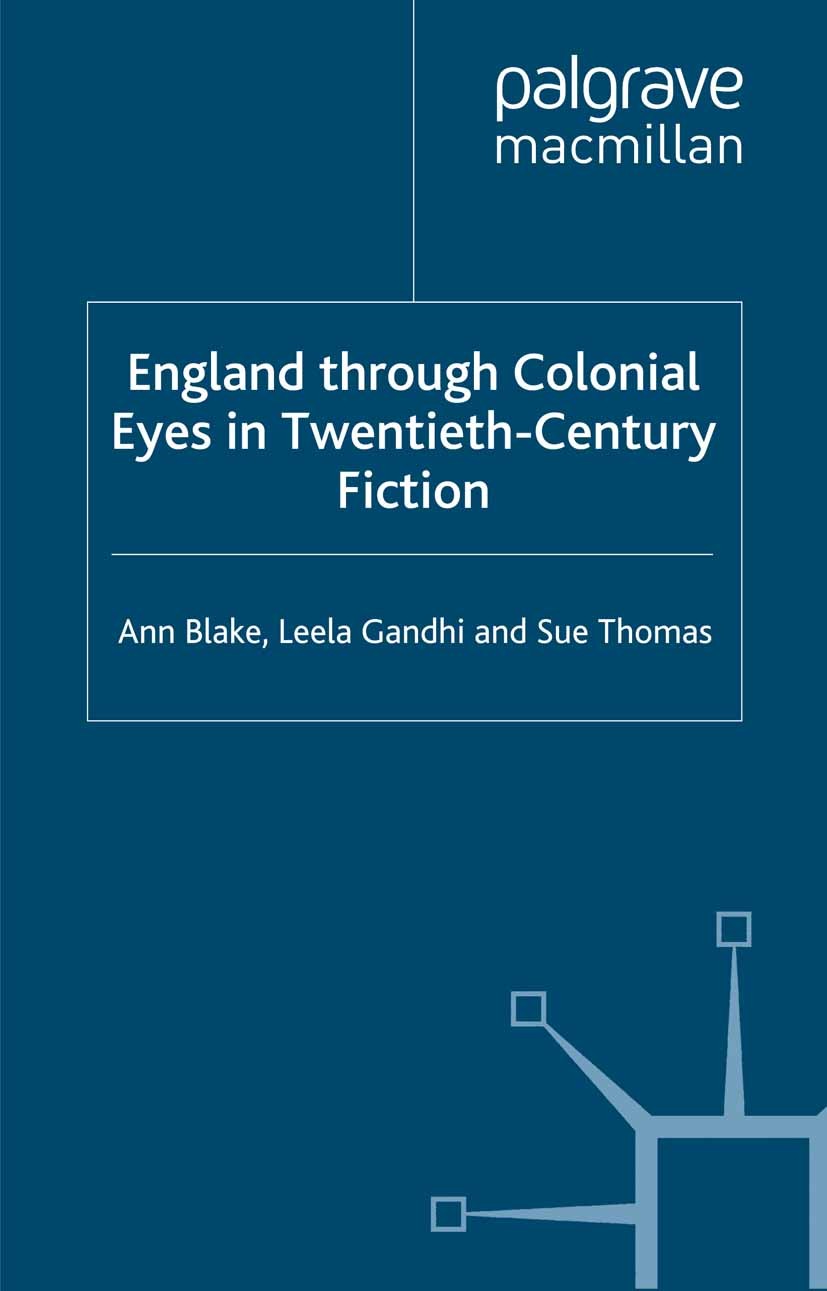
- Free Article: No
- Contents Category: Literary Studies
- Review Article: Yes
- Article Title: Hot Wax Criticism
- Online Only: No
- Custom Highlight Text:
In Salman Rushdie’s The Satanic Verses, much of the action occurs amongst the migrant clientele of the Hot Wax Club. The club is decorated with waxworks of England’s notable but unacknowledged migrant ancestors: Mary Seacole, Ignatius Sancho and Grace Jones, among others. As Leela Gandhi points out in her discussion of Rushdie’s novel, we are encouraged to read the Hot Wax clubbers as historians disinterring the nation’s past to reveal a secret history of immigration, a past which is used strategically to reshape understandings of contemporary Britain. The project of this book is similar. What happens when we examine representations of England and Englishness by writers who are travellers, émigrés and immigrants from its diaspora?
- Book 1 Title: England Through Colonial Eyes in Twentieth Century Fiction
- Book 1 Biblio: Palgrave, $119.70 hb, 207 pp
- Book 1 Cover Small (400 x 600):

- Book 1 Cover (800 x 1200):

Blake, Gandhi, and Thomas, colleagues in the Department of English at La Trobe University, take this question as the organising principle for a series of survey chapters and author studies in this book. The survey chapters examine representations of whiteness in fiction by Olive Schreiner, Rudyard Kipling, Jean Rhys, Sam Selvon and Randolph Stow, among others, and the transits of specific fictional genres – the domestic novel and the Bildungsroman – into colonial encounters. In Part 2 of the book, a series of author studies examine the ‘colonial eyes’ of the title: Katherine Mansfield, Rhys, Christina Stead, Doris Lessing, V.S. Naipaul, Buchi Emecheta, Salman Rushdie, and David Dabydeen. As the reference to ‘colonial eyes’ in the title suggests, Mary Louise Pratt’s germinal book Imperial Eyes: Travel Writing and Transculturation (1992) is an important influence here. Pratt’s study focuses on the space of colonial encounters as contact zones. In these interactive spaces, transculturation occurs in the mixing amongst peoples with very different histories and within radically asymmetrical relations of power. Pratt’s work has introduced more nuanced perceptions of relations be-tween coloniser and colonised, presenting these as mutually interactive identities which are able to be understood only in relation to each other. The authors take Pratt’s notion of a contact zone and use it to read representations of England and of Englishness as an ethnicity across a range of fictions.
As in recent studies by Simon Gikandi and Ian Baucom, there is a strong sense that ‘the Empire’ is vital to understanding inventions of Englishness. And so the techniques and strategies of post-colonial criticism are taken back to the centre to interpret English literature and culture as the products of a contact zone, deeply affected by the dynamics of imperialism and decolonisation. Here, as in her earlier book Postcolonial Theory, Gandhi, in particular, is scathing in her criticism of the generation of ‘colonial discourse analysis-inspired critics’, who are represented as a ‘liberal/post-colonial thought police’ who seek out and condemn the racism and imperial nostalgia of English writers, or impose a rigid binary of empire and its colonial other.
The genre studies offer some nicely nuanced discussions of transculturation. So, for example, in her discussion of the Bildungsroman, Gandhi examines the particular politics that shape the emergence of this genre in Europe and India in a historically synchronous case study. She argues that, whereas in Europe the narrative and ideology of the Bildung aims to produce citizens, on its colonial travels it aims to produce subjects and becomes a vehicle for pedagogic intervention into colonial spaces. Strangely, Gandhi includes autobiographies as two of the three Indian examples of the Bildungsroman. Nevertheless, her discussion is able to flesh out the conflicted and conflicting grounds of Anglo-Indian collaboration and resistance and, at the same time, to suggest how working beyond European examples adds to our understanding of the ways literary genres travel and mutate. Similarly, Blake’s discussion of the domestic novel argues for a post-colonial refashioning of a genre, in this instance the recreation of English domestic life in the fictions of Hanif Kureishi, Caryl Phillips, Dabydeen, and Rushdie.
Although the sense of being part of a new generation of post-colonial critics transcending earlier orthodoxies may be enabling, the author studies in the book may equally well be understood in terms of continuities, elaborations and necessary revisions of existing criticism. What is evident is the ongoing expansion and sophistication of post-colonial work, and a deepening sense of the importance of social, historical and cultural contexts for its criticism. Sue Thomas’s chapters on Rhys and Dabydeen elaborate in a precise way the importance of careful research into Dominican and Guyanan histories and traditions, as well as a thoroughly contextualised analysis of the politics of migrancy in post-war Britain. Gandhi’s discussion of The Satanic Verses considers the representation of sexualities in Rushdie’s fiction as a way of calling into question the celebration of hybridity and migrancy which has too often been the end of post-colonial critique.
Ultimately, a book such as this, organised in two parts and with three authors, may well be the most appropriate vehicle for representing the perspectives of colonial eyes right now. And this is the nice turn of the title. We find here not just the remakings of England and Englishness in fiction, but also the ways that those of us who critique contemporary fiction in the British diaspora can bring quite different literary landscapes into view.


Comments powered by CComment